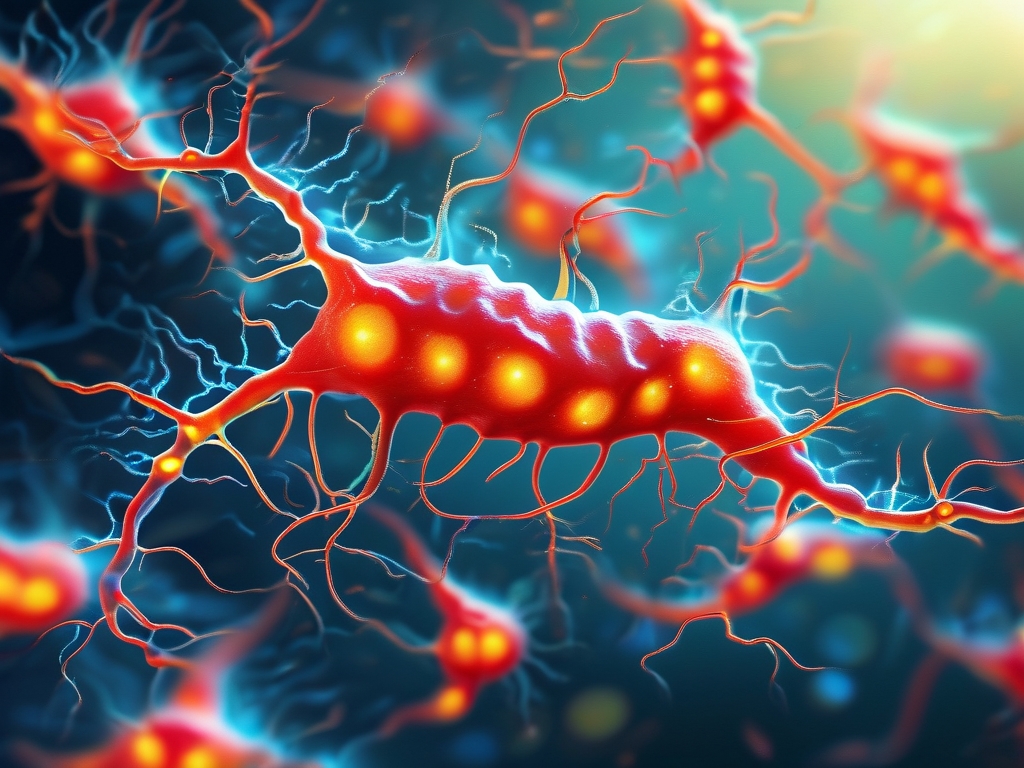Developing neural networks is an iterative process fraught with challenges, and encountering errors is inevitable. Whether you're a novice or an experienced practitioner, resolving these errors efficiently is critical to maintaining productivity. This article explores common neural network error types, diagnostic strategies, and actionable solutions to streamline your workflow.

1. Common Neural Network Error Categories
Neural network errors typically fall into four categories:
A. Data Preprocessing Issues
- Shape Mismatch: Input data dimensions not aligning with model expectations (e.g., feeding 28x28 images to a model expecting 32x32).
- Normalization Errors: Forgetting to normalize pixel values (0-255 vs. 0-1) or mishandling categorical data.
- Data Leakage: Accidental overlap between training and validation datasets.
B. Model Architecture Flaws
- Layer Compatibility: Mismatched layer output/input dimensions (e.g., Conv2D layer followed by Dense without flattening).
- Activation Function Conflicts: Using ReLU in final layers for classification (softmax is standard).
- Vanishing/Exploding Gradients: Poor weight initialization or excessive layer depth.
C. Training Process Pitfalls
- Learning Rate Misconfiguration: Too high (loss diverges) or too low (slow convergence).
- Overfitting/Underfitting: Model memorizes training data or fails to learn patterns.
- Batch Size Issues: Large batches causing memory errors; small batches leading to unstable training.
D. Dependency and Version Conflicts
- Library Version Mismatches: TensorFlow/PyTorch updates breaking legacy code.
- GPU Compatibility: CUDA driver conflicts or insufficient VRAM.
2. Systematic Error Diagnosis Strategies
Step 1: Isolate the Error
Reproduce the issue in a minimal code environment. For example, test data loading separately from model training.
Step 2: Inspect Input Data
- Use
print(input.shape)or visualization tools like Matplotlib to verify data integrity. - Check for NaN/INF values with
np.isnan(data).any().
Step 3: Validate Model Structure
- Print layer summaries (e.g.,
model.summary()in Keras). - Test forward pass with dummy data:
dummy_input = torch.randn(1, 3, 224, 224) output = model(dummy_input)
Step 4: Monitor Training Dynamics
- Track loss/accuracy curves for anomalies.
- Use gradient checking tools like
torch.autograd.gradcheck().
3. Toolbox for Debugging
A. Framework-Specific Utilities
- TensorBoard: Visualize computation graphs and training metrics.
- PyTorch Profiler: Identify performance bottlenecks.
- Keras Callbacks: Early stopping, learning rate schedulers.
B. Code Analysis Tools
- Debuggers (e.g., Python's
pdb, PyCharm debugger). - Linters (flake8, pylint) to catch syntax issues.
C. Gradient Inspection
- Use hooks in PyTorch to monitor gradient flow:
for name, param in model.named_parameters(): param.register_hook(lambda grad: print(f"{name} grad: {grad.norm()}"))
4. Case Studies: Real-World Error Scenarios
Case 1: Dimension Mismatch in Transformer Models
Error: ValueError: shapes (512, 768) and (1024, 3072) not aligned
Solution: Verify embedding dimensions match across encoder/decoder layers.
Case 2: CUDA Out of Memory
Error: RuntimeError: CUDA out of memory
Mitigation:
- Reduce batch size.
- Use gradient accumulation.
- Enable mixed-precision training.
Case 3: NaN Loss During Training
Causes: Exploding gradients, division by zero in custom layers.
Fix:
- Apply gradient clipping:
torch.nn.utils.clip_grad_norm_(model.parameters(), 1.0). - Add epsilon to denominator operations.
5. Proactive Error Prevention
A. Implement Unit Testing
- Create test cases for data pipelines and model components.
- Use
assertstatements liberally.
B. Version Control Best Practices
- Pin library versions in
requirements.txt. - Use Docker containers for environment consistency.
C. Documentation Practices
- Maintain error-code lookup tables for team projects.
- Log hyperparameters and environment details.
D. Continuous Learning
- Monitor framework release notes for deprecation warnings.
- Participate in forums (Stack Overflow, GitHub Issues).
6.
Resolving neural network errors demands methodical investigation and familiarity with your tools. By categorizing errors, leveraging debugging utilities, and adopting preventive measures, developers can significantly reduce downtime. Remember: every error resolved deepens your understanding of these complex systems. Embrace the iterative nature of machine learning – each troubleshooting session is a step toward mastery.

